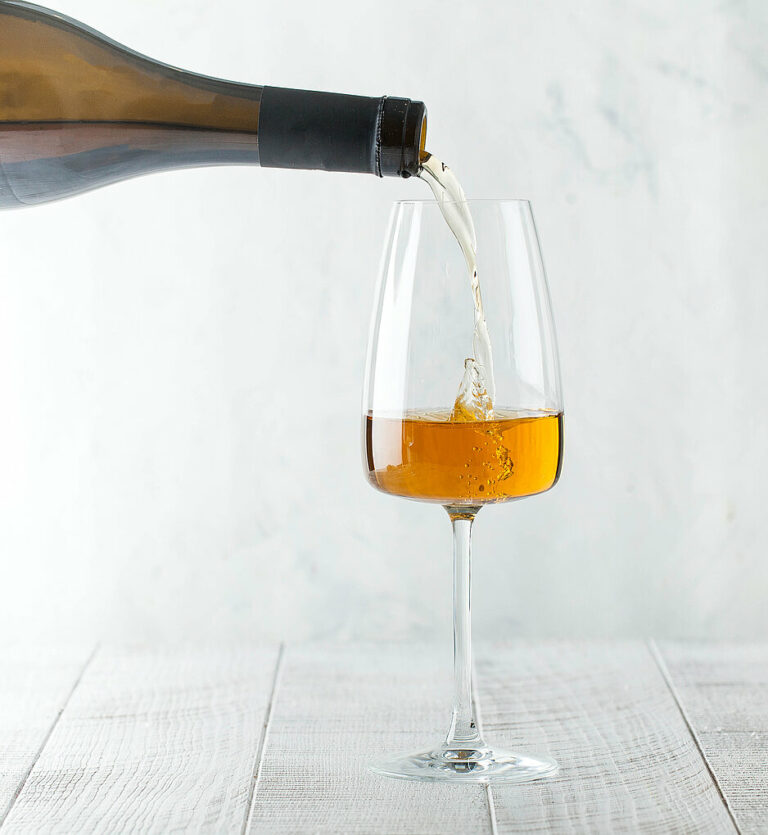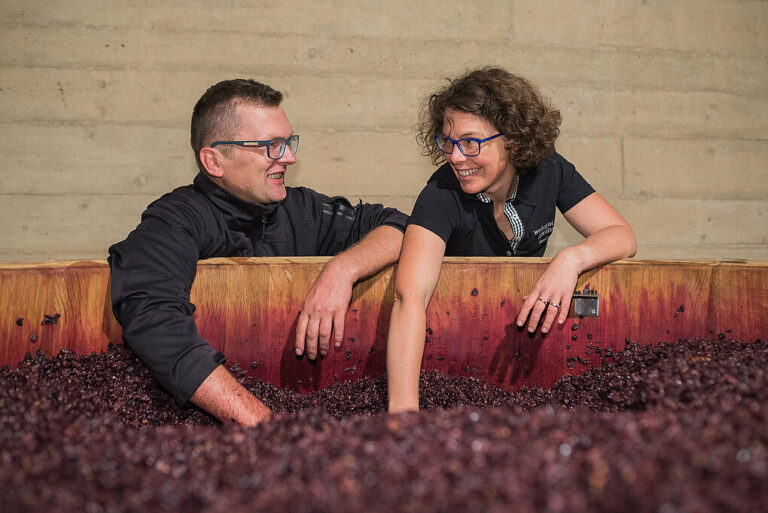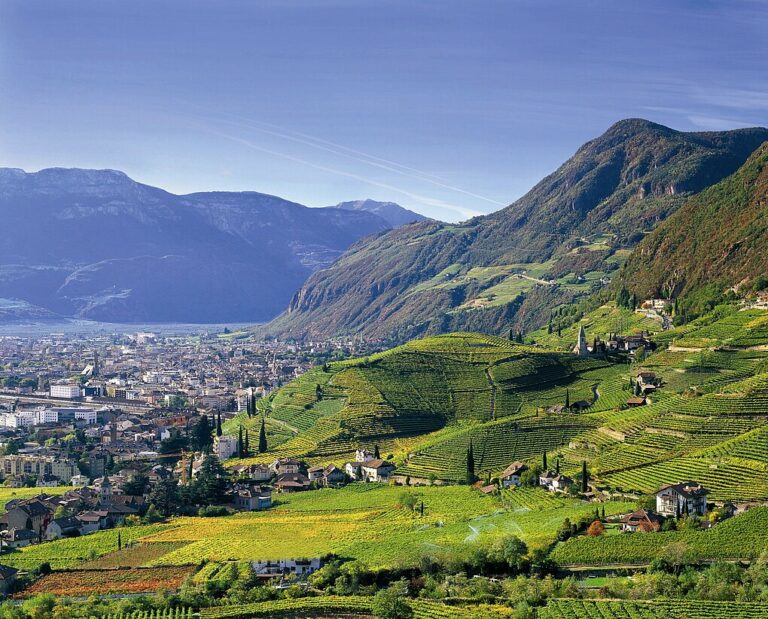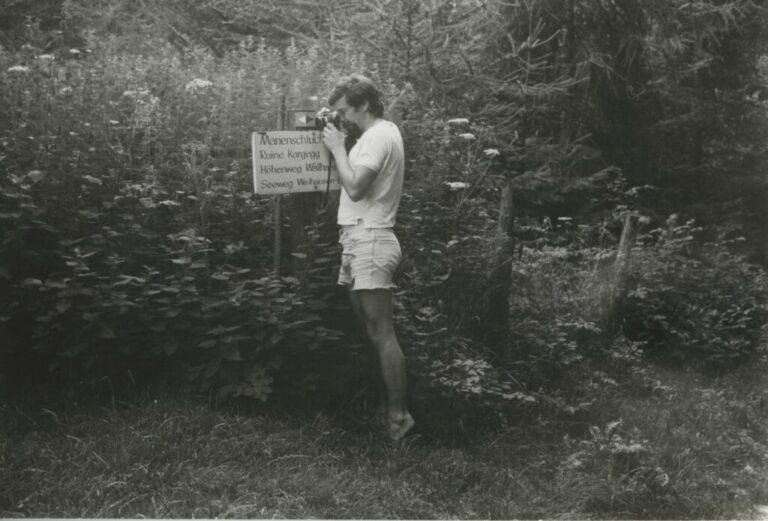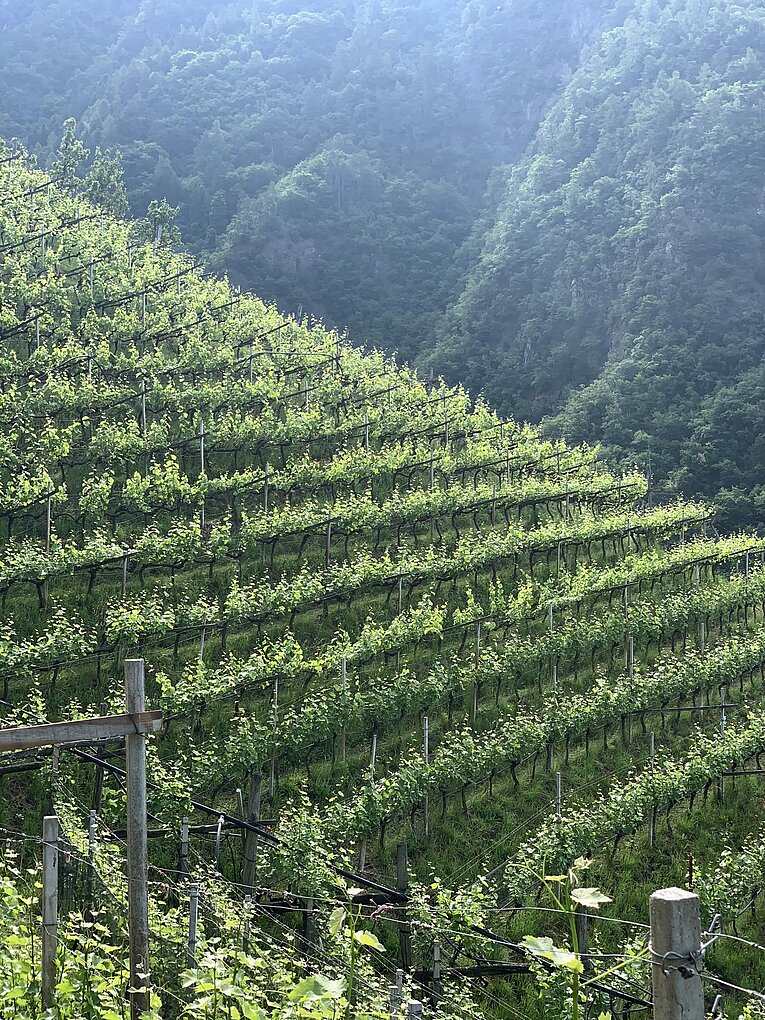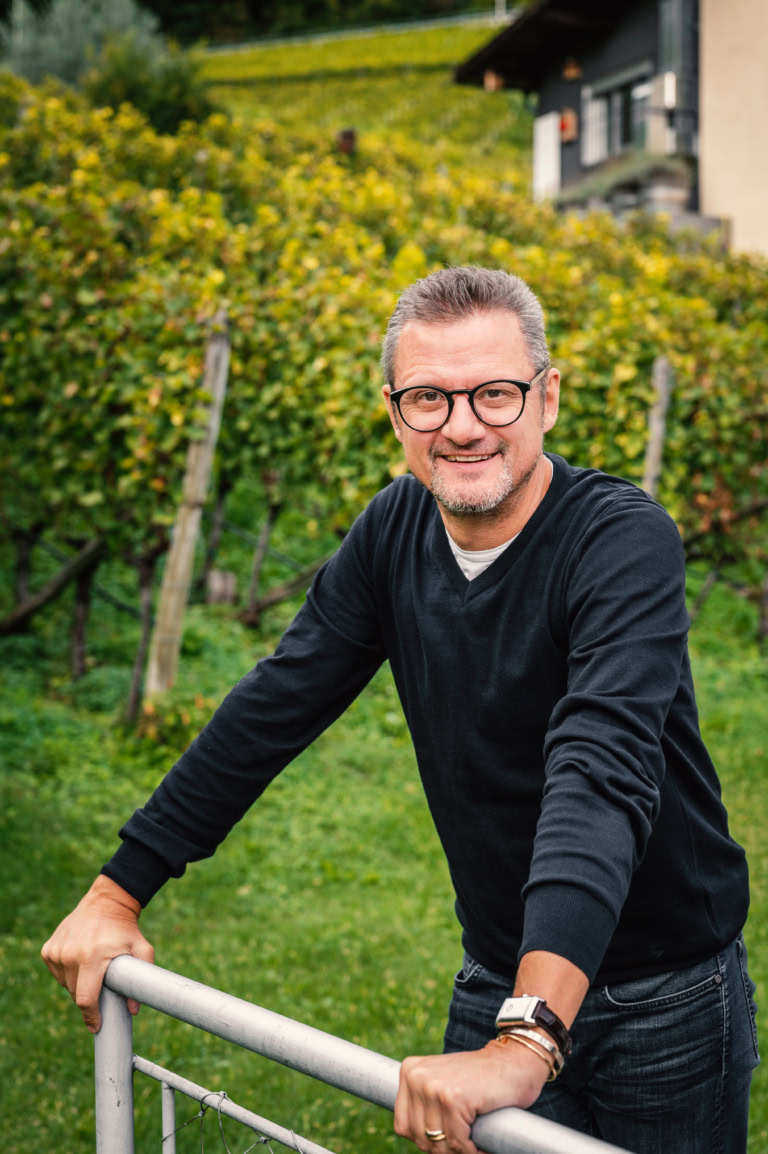Rooted and Regenerative
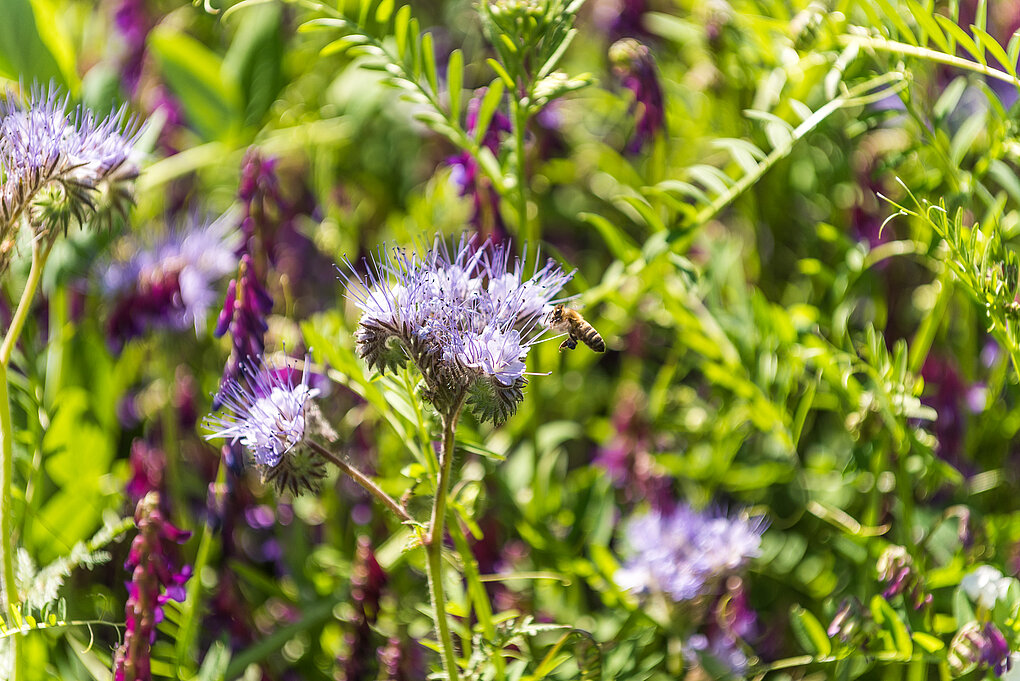
It starts with the soil. “I am passionate about the microbial world under our feet, and the key role it plays in the vine’s adaptation to climate change,” says agronomist Martina Broggio, a sustainable viticulture consultant in northern Italy, Tuscany, Marche, and Puglia. Since 2018, Broggio has been helping wineries in Alto Adige move in a regenerative direction. Regenerative Viticulture (RV) requires a significant paradigm shift within vineyard management, where soil is understood as a living environment rather than as a container for growing grapes. It envisions an ecosystem in which all parts of the vineyard, including roots and bacteria,…

